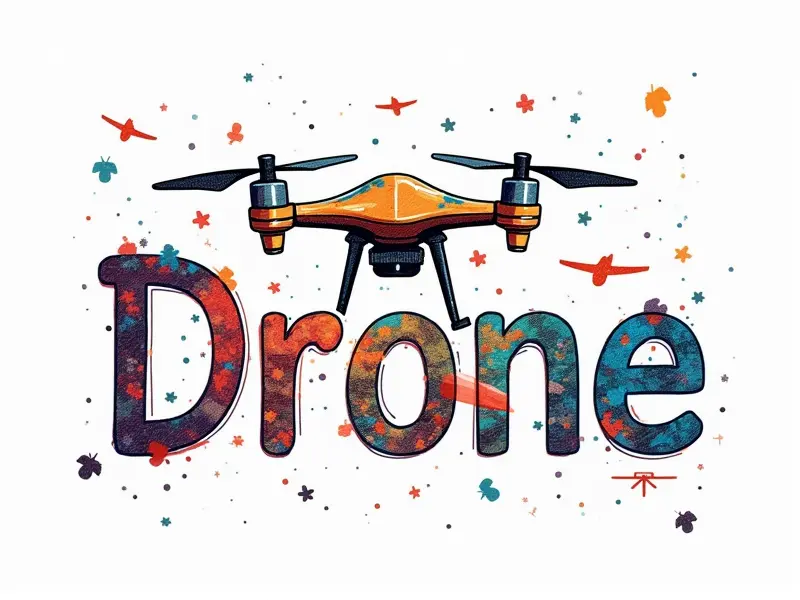What does "servo" mean in rc?

In the world of remote-controlled (RC) models, understanding the role and functionality of servos is crucial for achieving optimal performance. This article delves into what a servo is in RC models, how it works, its importance across different types of RC vehicles, and tips on choosing and maintaining your servos.
What Is a Servo in RC Models?
A servo motor, or simply "servo," is an essential component in remote-controlled (RC) models. It is responsible for converting electrical signals into precise mechanical movements, enabling the control of various parts such as rudder, elevator, and throttle.
Understanding RC Servos Explained
An RC servo consists of three main components: a motor, a gear train, and a potentiometer. The motor drives the gears to rotate the output shaft, while the potentiometer measures the position of the shaft and sends feedback to the controller.
Servo Basics for Beginners
- Motor: Converts electrical energy into mechanical motion.
- Gear Train: Provides torque and reduces speed, allowing precise control.
- Potentiometer: Measures the position of the output shaft for feedback.
The Role of Servos in RC Vehicles
Servos play a critical role in controlling various aspects of RC vehicles. They enable the precise movement of control surfaces such as flaps, rudder, and throttle, ensuring smooth and responsive operation.
How Do RC Servos Work?
The controller sends signals to the servo via PWM (Pulse Width Modulation). The servo responds by rotating its output shaft to a specific angle based on the signal received. This process happens in real-time for continuous control.
Importance of Servos in RC Planes
In RC planes, servos are crucial for controlling pitch and roll movements. High-quality servos ensure that these critical functions operate smoothly, contributing to better flight performance and stability.
Servo Functionality in FPV Racing Drones
First-person view (FPV) racing drones rely heavily on servos for quick response times and precise control. Servo selection is paramount for achieving the agility needed in competitive drone racing.
Choosing the Right RC Servo
Selecting the appropriate servo depends on several factors, including torque requirements, speed needs, and durability. For instance:
- Torque: Higher torque is necessary for larger or heavier models.
- Speed: Faster servos are better suited for dynamic applications like FPV racing.
- Durability: More robust servos can withstand rough handling and prolonged use.
Servo Performance and Maintenance Tips
To ensure optimal performance, regular maintenance is essential. This includes cleaning the gears, lubricating moving parts, and checking for wear and tear. Proper care extends the lifespan of your servos and maintains their efficiency.
Servo Functionality in RC Helicopters
RC helicopters use multiple servos to control pitch, roll, yaw, and throttle. High-quality servos are crucial for maintaining stability during flight and performing complex maneuvers.
Servo Types for RC Quadcopters
Different types of servos cater to specific needs in quadcopter applications:
- Standard Servos: Suitable for basic control functions.
- Torque Servos: Ideal for larger, heavier models requiring more power.
- Ball Bearing Servos: Offer enhanced durability and smoother operation.
Conclusion
The role of servos in RC models cannot be overstated. Understanding their functionality, choosing the right type for your specific needs, and maintaining them properly are key to achieving excellent performance across various types of RC vehicles. Whether you're flying planes, racing drones, or piloting helicopters, investing in high-quality servos is a wise decision.

